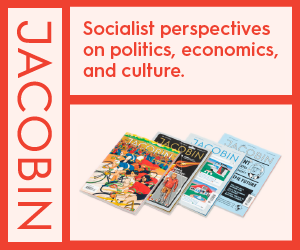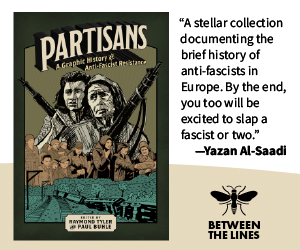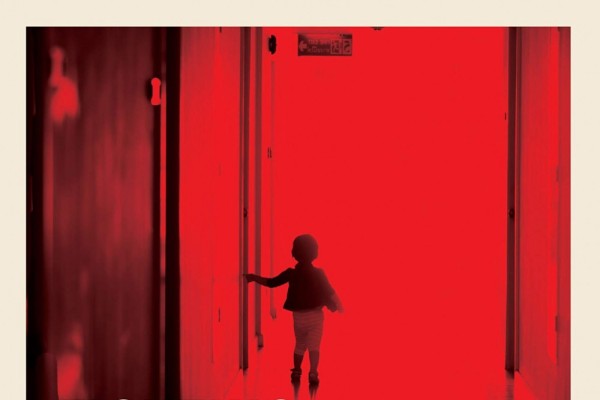Comic collection inspired by everyday heroes
Comic books have a political substance whether we like it or not. The gender dynamics are overt in mainstream comics, with aggressive male characters and hyper-sexualized female characters. This influences children and adults alike. We enter another world through image and text, drawn along by a compelling cast of characters.
Unlike mainstream comics that are dominated by these regressive politics, Drawn to Change: Graphic Histories of Working-Class Struggle offers an enjoyable alternative that will hopefully reach classrooms and youth.
Edited by the Graphic History Collective, this compilation of comics presents readers with an alternative narrative to the dominant comic book discourse. Our militaristic, macho, male heroes are replaced with people like Québécois union activist Madeleine Parent, or Indigenous workers fighting for the land in B.C., or the women who fought hard labour battles in the retail sector.
The book is comprised of nine short comics, each with its own unique illustrator(s) and style. Readers learn about the Knights of Labour in Canada, Indigenous labour in Burrard Inlet, the Industrial Workers of the World, activist Bill Williamson, the 1935 Corbin Miners’ Strike, Madeleine Parent, the Retail Workers’ Union of Canada and the Days of Action struggles in Ontario. Drawn to Change provides an alternative comic book avenue for notions of justice and what is right.
The artistic and narrative styles vary significantly from first-person participant to third-person perspectives and from etch drawings to quick sketches. There is some beautiful artwork in this book, just as there are beautiful movements captured through image and word. The illustrations by Nicole Marie Burton are particularly impressive, though I equally love the narrative style of David Lester and the etching work of Tania Willard.
It is particularly encouraging to know that Drawn to Change is being used at places like Brock, Trent and Vancouver Island universities. These are the kinds of short, visual and accessible texts that can genuinely inspire young minds toward active participation in social and climate justice movements.
The Graphic History Collective has also partnered with the B.C. Labour Heritage Centre to work with teachers in B.C. to incorporate parts into the elementary and secondary curriculum, and the Collective is currently working on a curriculum/public reading group guide.
The Collective has done free public art installations in Peterborough and London (Ont.), Cumberland (B.C.), and in September will be partnering with the Workers Arts and Heritage Centre in Hamilton for an exhibition extending into Decmber 2016.
I highly encourage that this book be used in classrooms, summer schools and camps and at the undergraduate university level. This would make a nice gift for a young boy or girl, not to mention adults like myself who want a light coffee-table read.
These are all options that I would encourage. If you know a teacher, an art curator or a community organizer interested in hosting the Graphic History Collective, I am confident this would be a worthwhile initiative to pursue. Get this book into classrooms and get the Collective into communities.
This article appeared in the Autumn 2016 issue of Canadian Dimension (Leap, the Left & the NDP).










